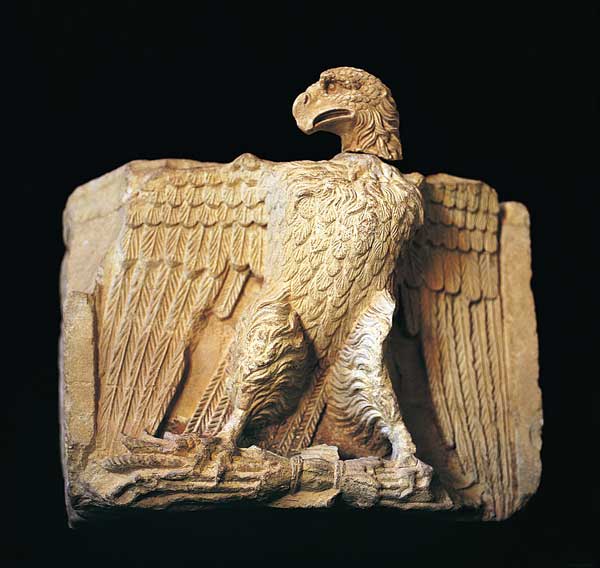Strata: Petra and Bethsaida Visit the U.S.
Nabatean and New Testament Sites on Exhibit

The most comprehensive exhibition ever presented on the ancient city of Petra opens at the Cincinnati Art Museum on September 14, 2004. Petra: Lost City of Stone, which is described as the first-ever major cultural collaboration between the United States and Jordan, was co-organized with the American Museum of Natural History in New York City (where it was on display from October 2003 to July 2004), under the patronage of Her Majesty Queen Rania Al-Abdullah of Jordan. The organizers are hopeful that “just as Petra was a center of global commerce in ancient times,” in the words of Cincinnati Art Museum director Timothy Rub, “we are bridging divides in our global society through this exhibition.”
Prior to the show’s opening, the Cincinnati Art Museum invited journalists to view the site of Petra in person on a trip hosted by the Jordan Tourism Board. There they were able to see the art and artifacts in their original context, the city that was almost entirely carved from the walls of a desert canyon on the route between the Dead Sea and the Red Sea. During its heyday in the last two centuries B.C., Petra was the capital of the Nabateans, an originally nomadic people from Western Arabia that built the city into a prosperous center of trade. The art and history of this culture is the subject of the exhibition’s companion book, Petra Rediscovered: Lost City of the Nabatean Kingdom (Abrams, 2003), which features essays by 28 international experts.
Already a library member? Log in here.
Institution user? Log in with your IP address.

